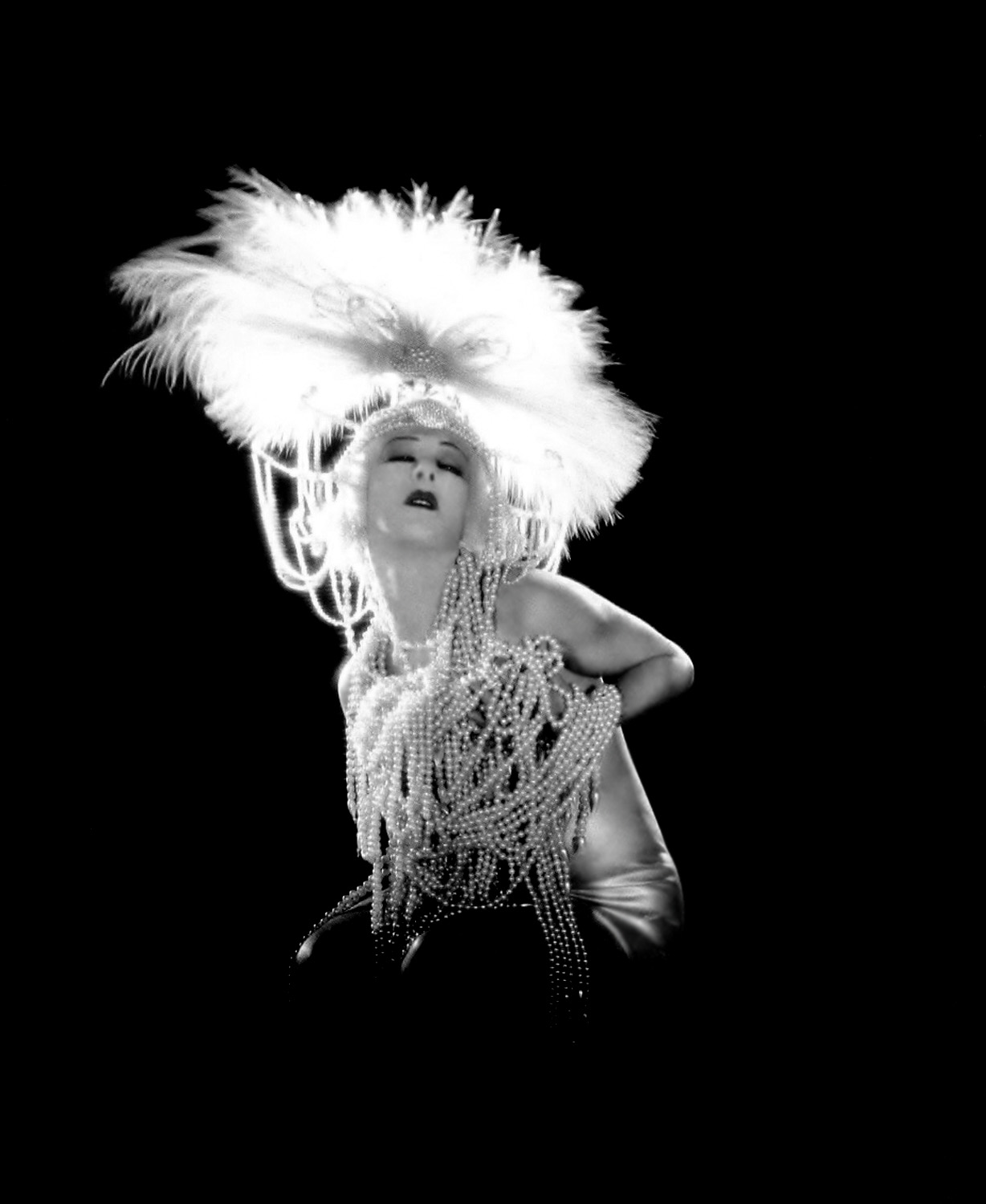"when a woman smiles, then her dress should smile too."
Hello Everyone!
A few weeks ago, I attended THIS amazing lecture on the Haute Couture creations of Madeline Vionnet:
The lecturer has spent the past 30 YEARS intensively studying and teaching the techniques of Vionnet. She is also an instructor at The Center for Pattern Design in St. Helena, CA. It is a magical place that holds drool-worthy workshops on serious smarty-pants fashion stuff. For instance: Their next class is a 2-day extravaganza in January 2011 on draping the Dior Bar Jacket:
But I digress….
One can find many sites on the web devoted to Madeline Vionnet’s life and career, and many images of her creations that are timeless and iconic.
 |
| Madeline Vionnet, circa 1920, working on her 1/2 scale dress form. She did not sketch her creations. Instead, she worked in "3-D" by draping all designs in half scale, then grading up mathmatically to fit the actual human form. |
 |
BEFORE THEY ANNOUNCED "NO PICTURES!" I snapped THIS with my phone: Half-scale dresses draped and created the "Vionnet Way" from the Center for Pattern Design, on display at the Vionnet lecture.
Much like the Cubist art movement which coincided with her own success, Madeline Vionnet was seeing life and the human form on a whole other level, a new dimension in geometric form: |
 |
| "Woman With Guitar" By Georges Braques, c. 1913 |
 |
| "Le Guitariste" By Pablo Picasso, c. 1910 |
 |
| *Le Sigh!* A Vionnet Chiffon Gown developed around the same time: 4 equal squares, cut on the straight grain and worn on the bias. Corners of the squares are joined at the top and draped from the shoulder. The delicate bias hugs the body beautifully and floats with movement. Dresses like this were usually finished off with a waist sash or tie to create definition. All edges are rolled and finished by hand. |
The lecture was a cool 10 bucks to get in, and worth every penny. It focused mainly on her principles of design rather than her personal life and timeline.
Here is a little re-cap of the notes I took at the lecture.
(with LOTS of amazing pictures added in!)
“The cut is all”
Madeleine Vionnet practiced 6 principles of elegant cutting:
1. Cut Geometrically (circle, square, rectangle)
2. Weight creates fit and form
3. Any part can extend into twist, ties, folds or loops.
4. Design should integrate the closure (simple, but never plain)
5. Decorative details create silhouette, fit & finish
6. Use insets for specific shaping
 |
| c. 1914 |
 |
| c. early 1920's |
 |
More Teens-20's Fabulousness.
Vionnet was often inspired by the geometry of early Grecian style. |
Vionnet’s work is nothing short of genius.
When it comes down to it, she was a fabric mathematician, solving formulas to shape and fit that people are still trying to understand.
"I have tried all my life to be a physician of the figure. I wanted to impose on my clients a respect for their bodies, the habit of exercise and the practice of strict hygiene which would rid them forever of those artificial armors that deformed them".
 |
c. 1931 Vogue Magazine (and personally one of my favorite images EVER!) Note the absolute
unrestricted fit. A precision-perfect cut & drape gives this creation its ethereal float, and grace. |
 |
More early 30's jaw-dropping fabulousness. Again, note the ease of movement and drape.
This is "Less is More" at its finest! |
Recently, I learned that she hated being labeled as or referred to as a Designer. She chewed up that word and spit it out! Technician or Dressmaker were titles she preferred.
 |
| Couture Lablel for the House of Vionnet |
The House of Vionnet was one of the most important fashion houses of the 1920s & 30’s. Approx. 1200 seamstresses were employed at once, and Vionnet was the 1st to create a ready-to-wear clothing from haute couture.
 |
| A Vionnet creation from the 1920's |
 |
| Court Dress, c. 1938 |
She fought for copyright laws in fashion, and ran a progressive (revolutionary) workplace for the time, offering paid holidays, maternity leave, day care, dental and health benefits…even a gym!
 |
| "Blithe Spirit" c. 1938 (Metropolitian Museum of Art, NYC) |
 |
| Gorgeous Gold Lame' creations, c. 1930's |
The onset of WW2 and the eventual heavy influence of structured, uniform fashion contributed to her (early) retirement from the industry.
She went on record admitting that she could not and would not change her style and methods of dress design, and therefore believed that her time, her era, was done.
 |
| Dress: 1938, Silk Tulle, Panne' Velvet & horsehair, with silver Lame' underdress and Lesage embroidery. |
On August 2, 1939, Madeline Vionnet showed her “Farewell Collection” and closed her house that same year, on the eve of war between France and Germany.
Vionnet continued to mentor other designers until her death in 1975.
 |
| The Master Technician herself, in her Paris flat, c. 1970's |
-Make it simple
-Make sure everything is integrated (function ,cut, behavior)
-Balance is #1
-Kathleen, In Oakland


















































